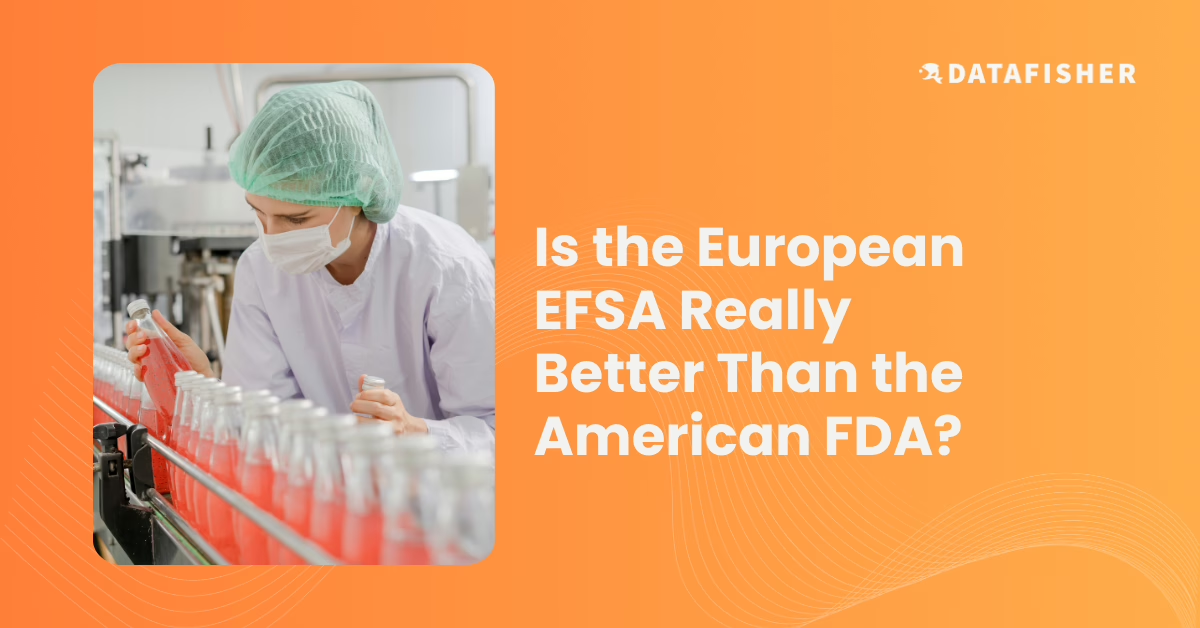During the 75th Session of the World Health Assembly held in May 2022, the World Health Organization (WHO) announced the WHO Global Strategy for Food Safety 2022-2030. This initiative, officially launched in October 2022, was conceived to mitigate emerging food safety challenges and provide support to countries in strengthening their national food safety systems.
In a fact sheet on food safety, the WHO highlights that one in ten people fall ill yearly due to food-borne illnesses. As such, the strategy’s overarching objective was to equip member governments with the necessary framework to enhance their food safety systems and reduce food-borne diseases, ensuring global access to safe and healthy food.
As a specialized agency of the United Nations responsible for international public health, the WHO urged its member governments to prioritize food safety as a public health concern, given their crucial role in developing and implementing effective policies and regulatory frameworks for food safety. Among the member governments in the WHO, the two most prominent are the European Food Safety Authority (EFSA) and the Food and Drug Administration (FDA) in the US. Both play critical roles in ensuring the safety of food and beverages consumed by millions worldwide.
Despite their shared purpose, the EFSA has certain advantages over the FDA, as evidenced by its structure, functions, and regulatory approaches, which reinforce its effectiveness in achieving food safety objectives. With the WHO Global Strategy for Food Safety in mind, examining the differences between the two agencies provides insight into the advantages of effectiveness the EFSA has over the FDA in executing its objectives.
The Roles of the EFSA and the FDA
The European Food Safety Authority (EFSA) is an independent agency of the European Union (EU) responsible for evaluating and communicating risks associated with the food chain. Established in 2002, the EFSA operates under the principle of providing scientific advice and risk assessments to inform EU policymakers and the public. Its primary goal is to safeguard public health by ensuring the safety of food and feed across the European Union.
On the other side of the Atlantic, the Food and Drug Administration (FDA) holds a comparable role in the United States. Established nearly a century earlier in 1906, the FDA operates as a federal agency under the Department of Health and Human Services. Its mandate encompasses not only food safety but also the regulation of pharmaceutical drugs, medical devices, cosmetics, and other products.
Jurisdictional Reach: The EFSA’s Comprehensive Oversight
A key distinction between the EFSA and the FDA lies in the structure of their regulatory frameworks. The EFSA functions as a centralized authority within the European Union (EU), providing scientific assessments and recommendations that inform EU legislation and policies regarding food safety. It collaborates closely with national food safety authorities within EU member states, ensuring a coordinated approach to risk assessment and management across the union.
In contrast, the FDA operates within a federal system in the United States. This means that regulatory authority is divided between the federal government and individual state governments. While the FDA sets federal regulations and standards for food safety, state agencies also have regulatory responsibilities. As a result, enforcement of regulations and inspections are conducted at both federal and state levels, creating a fragmented regulatory landscape.
Risk Assessments: The EFSA’s Robust Approach
In terms of risk assessment methodologies, both agencies employ rigorous scientific approaches to evaluate the safety of food products. However, there are nuanced differences in their processes and criteria. The EFSA emphasizes transparency and independence, ensuring that its assessments are based on the best available scientific evidence. It conducts peer reviews and solicits input from stakeholders to enhance the robustness and credibility of its findings.
Conversely, the FDA utilizes a risk-based approach that takes into account various factors such as the likelihood and severity of potential hazards. It conducts inspections, sampling, and testing to assess compliance with regulatory standards and may take enforcement actions when necessary.
Effective Communication: The EFSA’s Transparent Engagement
The EFSA and the FDA have distinct approaches to communication strategies and public engagement. The EFSA prioritizes transparency and accessibility, publishing its scientific opinions, reports, and findings on its website for public scrutiny. It also engages with stakeholders through consultations and public hearings, seeking input from diverse perspectives. Although the FDA also provides information and guidance to the public, its communication efforts may not always be as transparent or easily accessible. However, the FDA has made strides in recent years to improve transparency and engage with stakeholders more effectively. Comparatively, the EFSA’s transparent communication strategies set a benchmark for stakeholder engagement in food safety governance.
Conclusion
In conclusion, EFSA’s centralized authority, comprehensive jurisdiction, transparent risk assessment methodologies, and effective communication strategies position it as a superior food safety authority compared to the FDA. While both agencies play critical roles in protecting public health, EFSA’s model serves as a global benchmark for promoting consumer confidence in the safety of the food supply.
For more information on our online ethics and compliance training, click here to book a demo and speak with a Datafisher specialist.
